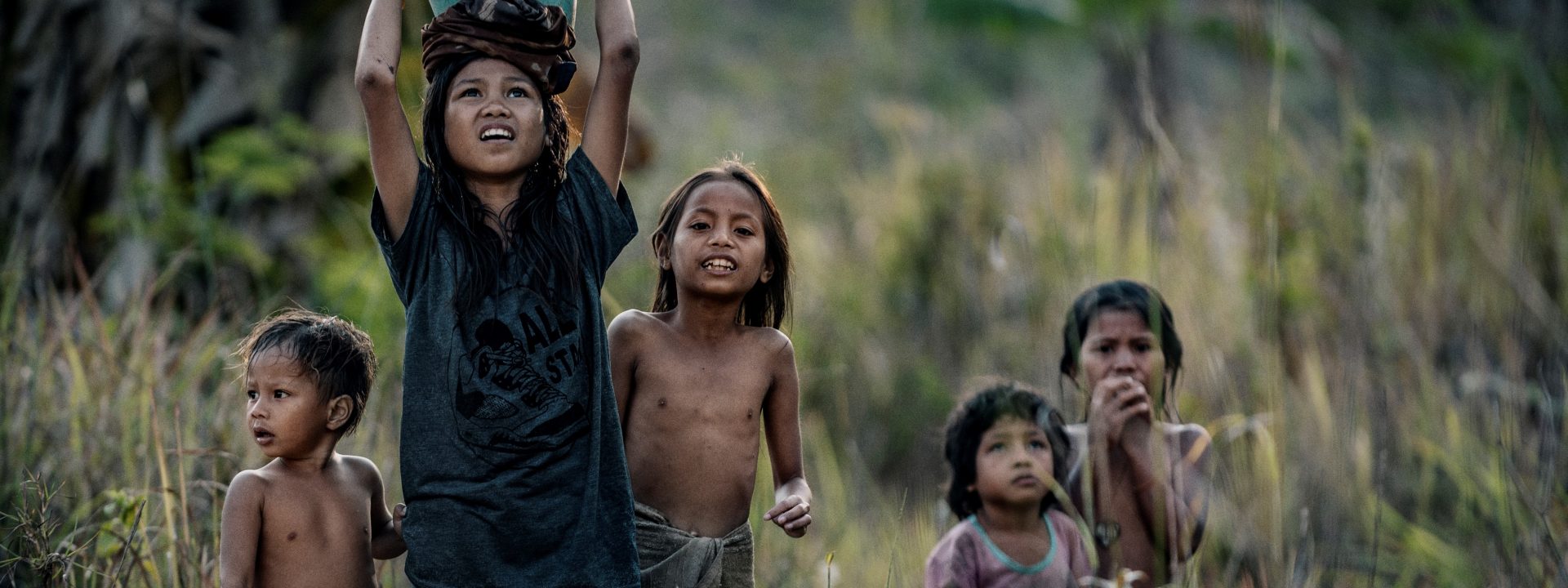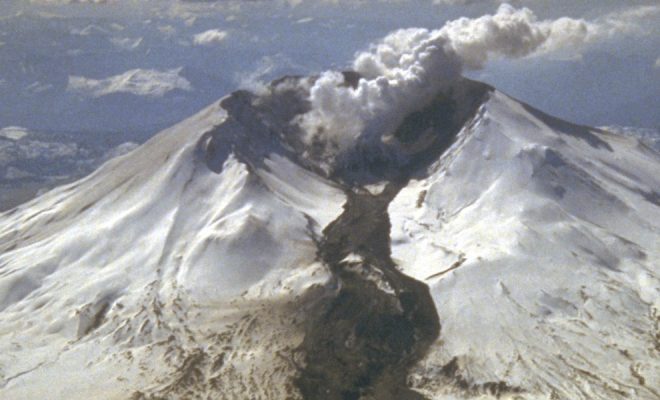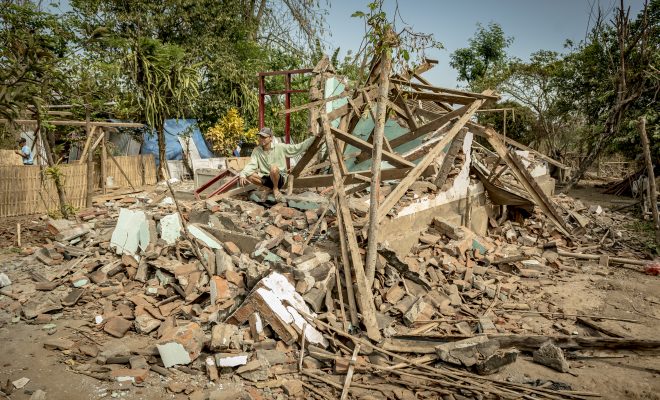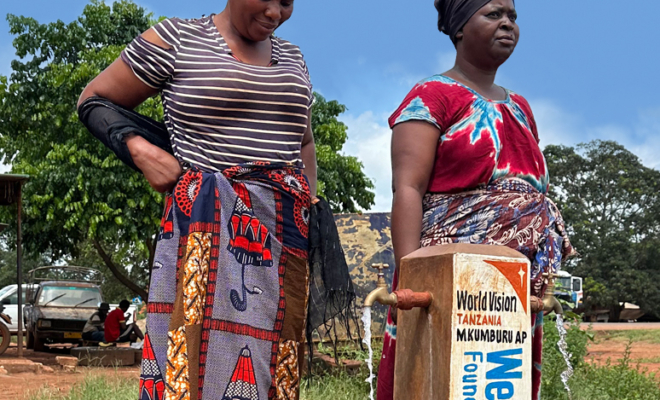In Indonesia, the Covid-19 pandemic has taken place in the midst of fighting another deadly disease: dengue fever, an infection caused by a virus transmitted by mosquitoes, mainly the Aedes aegypti. It is a widespread disease in all tropical regions of the world and this year’s epidemic, which started in 2019, is severely affecting Southeast Asia and South America. A report by the Indonesian Ministry of Health indicated that on June 22nd there were some 68,000 cases of dengue fever in the country.
Alarm over the coronavirus and measures to deal with the pandemic have marginalized Indonesia’s health efforts against dengue; and the lockdown has undermined one of the basic strategies to combat it: the fight against mosquito breeding. In addition, as hotels and resorts have been abandoned, health officials fear that the larvae of the Aedes aegypti, which were being systematically controlled by the staff of tourist facilities, might have become entrenched as many of the areas where the water in which they breed could be found have been left uncontrolled: swimming pools, fountains, ponds, puddles, etc.
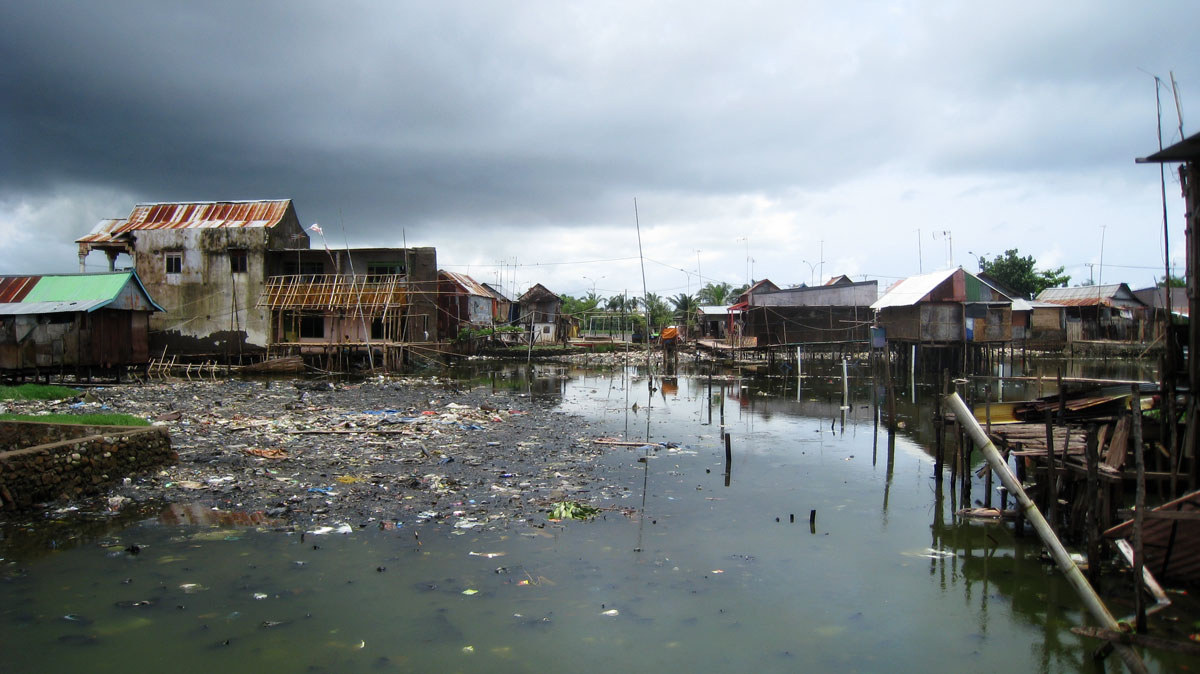
The larvae of the Aedes aegypt, the mosquito that transmits dengue, breed in puddles. © Alex popescu / World Bank
The tourism standstill has therefore doubly affected Indonesia, a country which struggles to balance its unequal economy and has managed to improve its human development index (HDI) from 0.691 points in 2016 to 0.694 in 2017. Of the 189 countries listed, Indonesia ranks 116th, in the bottom half of the table and the tourism sector is one its pillars of development.
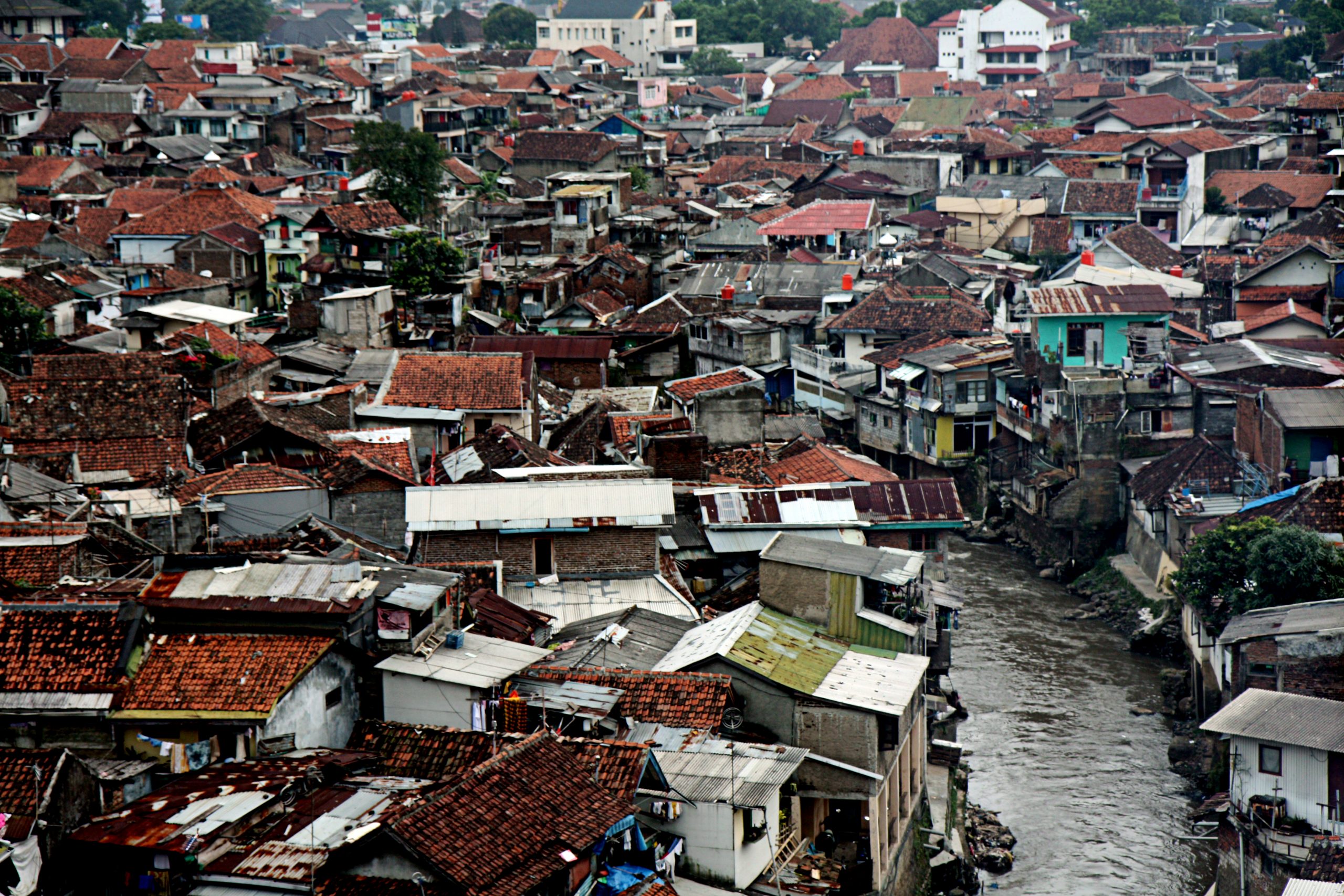
Slum in Bandung, Indonesia ©_mhafiz / World Bank
Lack of water, sanitation and hygiene
The problems of access to water and sanitation are endemic in Indonesia, especially in rural areas and they severely hinder the country’s development. The Foundation will soon complete an aid project with the collaboration of World Vision to provide access to drinking water by installing water filters in Telaga Dalam and Cinto Mandi in the island of Sumatra, towns located in one of the poorest rural areas of the country, in which only 31.70% of the population has access to drinking water and only 15% has adequate latrines.
Due to the outbreak of the Covid-19 pandemic, the Foundation has started another project also in collaboration with World Vision in another of the most depressed areas of the country: the district of Nias Selatan. It is located in the island of Nias, in one of the most remote areas of the North Sumatra province, where only 56% practice handwashing with soap and 52% defecate in the open. 40% of the population that will benefit from the project does not have access to water supply. Practically all households have rainwater collection systems on which they depend as their main source of supply.
The disasters of the Ring of Fire
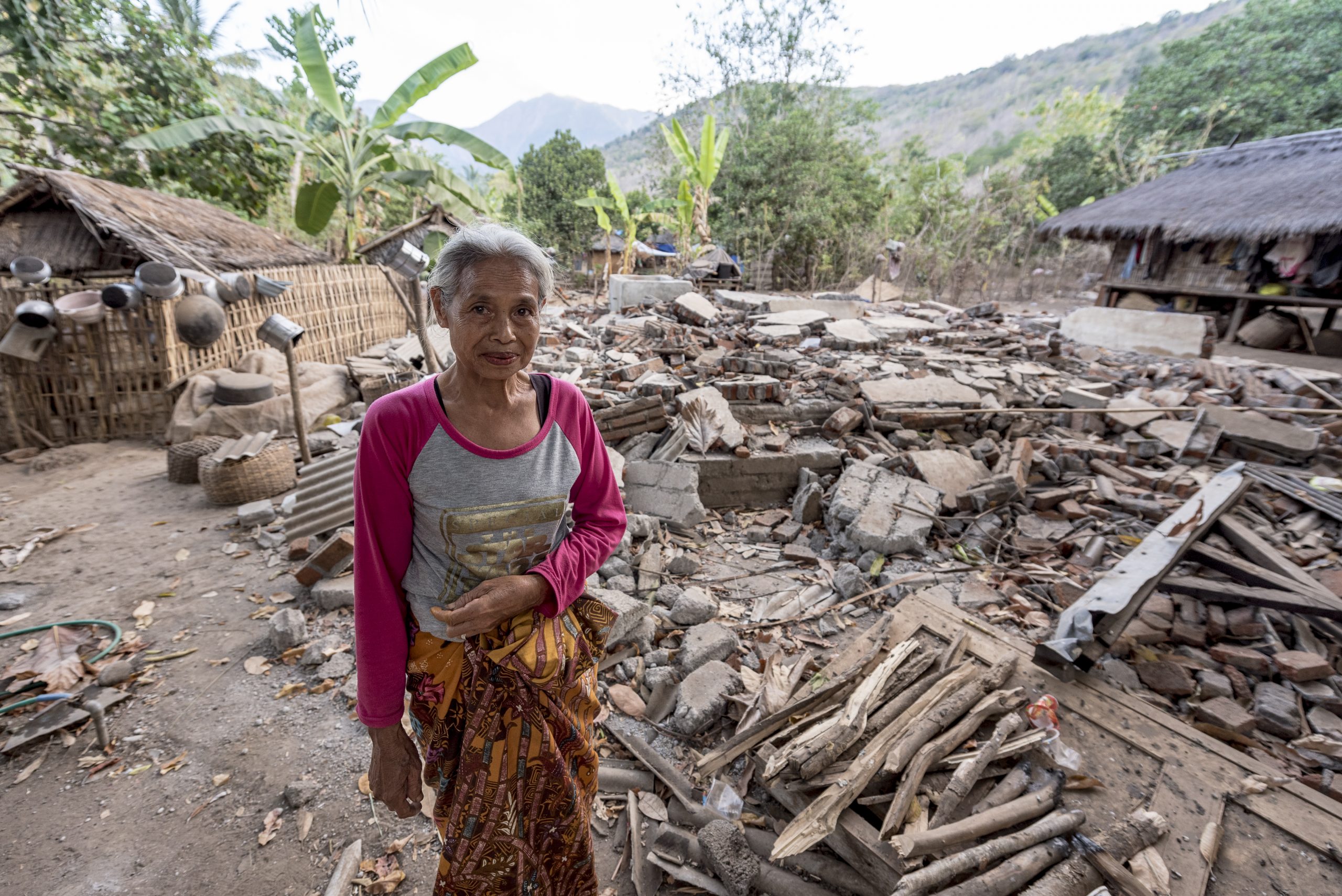
Woman and her destroyed home in Lombok. @ Carlos Garriga / We Are Water Foundation
The history of the island of Nias has been marked by another of Indonesia’s endemic disasters: seismic activity. The December 2004 tsunami generated waves of up to 10 meters that devastated the coast and claimed 122 lives. The 2005 Sumatra earthquake killed more than 800 people and left thousands homeless; in 2007 there were still tens of thousands of internally displaced people living in camps on the island.
The Indonesian archipelago is located in the so called Pacific Ring of Fire, an area with the highest concentration of seismic and volcanic activity on the planet (there are an estimated 120 active volcanoes in the country). Everyone can remember the terrible earthquake and tsunami of 2004, with waves that reached 30 meters and killed 168,000 Indonesians and another 55,000 people in the coastal countries of the Indian Ocean (a disaster that inspired the film Lo imposible by the Spanish filmmaker Juan Antonio Bayona).
In 2006, almost 6,000 people died in a violent earthquake that hit the island of Java. And in more recent history, between July and August 2018 a series of earthquakes that reached magnitude 7 on the Richter scale hit the northern coast of the island of Lombok, located in the province of the Lesser Sunda islands. The population experienced more than 1,000 terrifying aftershocks for 10 days. The disaster claimed more than 500 lives and injured 1,500 people, causing some 400,000 people to flee their homes. And on September 29th, in the Central Sulawesi province, a 7.4-magnitude earthquake struck Palu, Mamuju and Donggala. The earthquake and the ensuing tsunami killed more than 2,300 people. In the aftermath of these disasters, the Foundation worked with World Vision on two projects to provide aid in Central Sulawesi and in Lombok.
The threat of sea level
Climate change is looming over the archipelago with two significant threats: alteration of the rainfall regime and rising sea levels. The Indonesian Environment Forum revealed last January that two small uninhabited islands in southern Sumatra have disappeared as a result of sea level rise. One of these islands, Betet, is part of the Berbak-Sembilang National Park, designated as a UNESCO World Biosphere Reserve in 2018; an area that is vital for biodiversity and ocean balance because of its mangroves and wide variety of flora and fauna.
But the sea level rise affects not only rural coastal areas, threatening life and tourism; the capital itself, Jakarta, with over 10 million inhabitants, is one of the world’s fastest sinking cities. Experts at the Bandung Institute of Technology estimate that, if no action is taken, parts of this large city could be completely submerged by 2050. North Jakarta has sunk 2.5 meters in 10 years and is still sinking at a rate of 25 cm a year in parts that lie on swampy land. If this continues, it is estimated that 95% of North Jakarta will be submerged by 2050.
In addition to the rise in sea level, 13 rivers, some of them highly polluted, converge in Jakarta. Faced with poor water quality and lack of supply in many neighborhoods, many citizens have had to pump water from increasingly deep aquifers, contributing to the process of urban land subsidence and instability.
The capital is fighting the subsidence with engineering projects led by Dutch and Korean experts; but a key aspect is to stop all extraction of groundwater and establish an external supply system. The problem highlights the dramatic lack of sanitation in the city’s poorer neighborhoods, where shantytowns are adjacent to open sewers that often overflow in the rainiest seasons.
Indonesians are fighting on all fronts for survival. Health security, fighting the climate crisis and the attainment of full access to water and sanitation are all issues that need to be addressed in conjunction with the need to reduce exposure and vulnerability to natural disasters. It shows us clearly that the new reality forces us to consider all fronts in unison. You can collaborate here.


